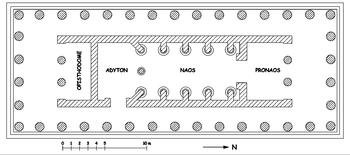
Adyton
"Adyton," Yunanca kökenli bir kelime olup, genellikle antik Yunan ve Roma tapınaklarında bulunan, kutsal veya gizli kabul edilen bölgeleri ifade etmek için kullanılan bir terimdir. Adytonlar, dini ritüellerin gerçekleştirildiği ve yalnızca rahiplerin veya belirli inisiye kişilerin erişebildiği al...
archaeologs TurkishArchitectural
TurkishArchitectural